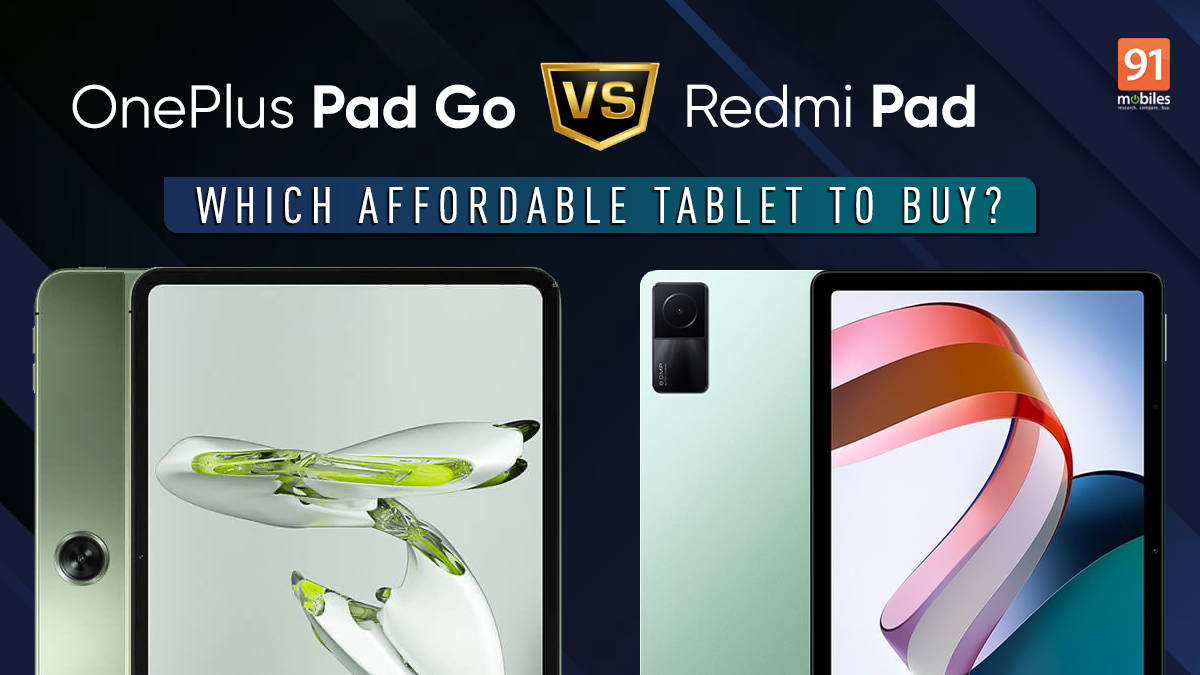
Both of them start at under Rs 20,000 – one just about and one by some distance. Both are powered by similar processors and have similar cameras and batteries. But that is where the similarity between the OnePlus Pad Go and the Redmi Pad ends. Both tablets might swim in the affordable tablet waters but have about as much in common as a shark and dolphin. While the OnePlus Pad comes with a sleek design and an impressive spec sheet (in true OnePlus tradition), the Redmi Pad offers staggering value for money. So which of the two should you be going for if you want a ‘third screen’ and have a budget that is around Rs 20,000? Let us help you get an answer to that question:
Table of Contents
Looks: Hey chalk, say hello to cheese!

This is a clash between two very different tablet design philosophies. The OnePlus Pad Go comes with a design that is very similar to the OnePlus Pad released earlier in the year. It’s a little square-ish in shape, has a dual-tone back (glossy and matte) with a camera which is placed near the side rather than in a corner, and has curved sides. Like the original OnePlus Pad, this one too comes in green – Twin Mint, to use OnePlus’ name for it. The Redmi Pad on the other hand has a more rectangular look and comes with a flat back and straight sides and has the camera tucked away in the top corner of its back and comes in single-tone green, grey and silver, with a matte finish.
Even the materials used are different – the OnePlus Pad Go has a glass front and a plastic frame and back, while the Redmi Pad has a glass front and a metal unibody. In terms of size, the OnePlus Pad Go is significantly taller than the Redmi Pad – 255.1mm tall as compared to 250.5mm. The Pad Go is also slimmer at 6.9mm against 7.1mm, but most significantly, is much wider at 188mm as compared to 158.1mm of the Redmi Pad. Its larger size makes the OnePlus Pad Go heavier too – 532 grams as compared to 465 grams. Which of the two designs is more appealing is totally a matter of personal taste. Those who want a more compact tablet with premium materials and modern looks are likely to prefer the Redmi Pad, while those who want a larger tablet that is more eye-catching will like the more flashy and distinct two-tone design of the OnePlus Pad Go. That two-toned back and different green shade of the OnePlus Pad Go will grab more attention, but we are giving this round to the Redmi Pad for that compact and metal build.
Winner: Redmi Pad
Display: Go with more real estate
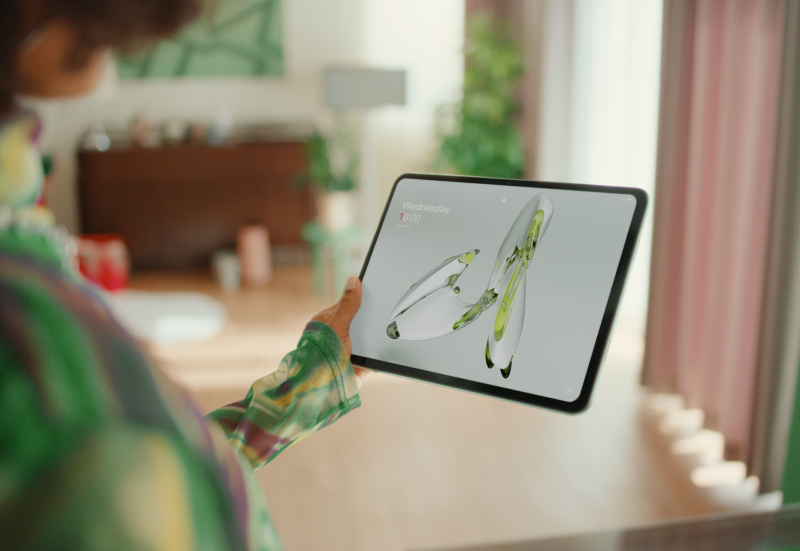
When it comes to the display, the OnePlus Pad Go is a clear winner over the Redmi Pad. The Redmi Pad comes with a 10.61-inch display of 2,000 x 1,200 pixel resolution. It is a bright and colourful display (for the segment) but it gets dwarfed in every sense by the 11.35-inch display with 2,408 x 1,720 pixel resolution of the OnePlus Pad Go. Both displays have a 90Hz refresh rate, but that apart, the OnePlus Pad Go is well ahead of the Redmi Pad in this department.
Winner: OnePlus Pad Go
Processor: Both have the same Dimensity G-Force

It might be smaller than the OnePlus Pad Go, but the Redmi Pad is every bit as mighty when it comes to processor power. Both tablets are powered by the MediaTek Helio G99 chip, which is a very good mid-segment processor. This round is a tie.
Winner: Tie
RAM and storage: Go with more gigs
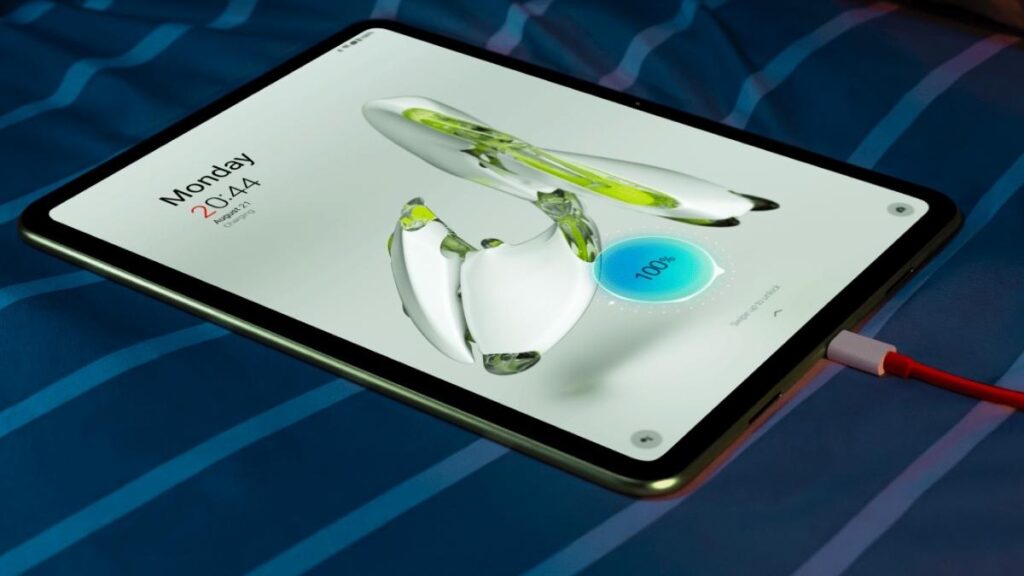
The OnePlus Pad Go bosses the RAM and storage round, with bigger numbers. The OnePlus tablet has 8GB RAM and 128GB and 256GB storage variants, while the Redmi Pad has RAM and storage variants of 3GB/ 64GB, 4GB/ 128GB and 6GB/ 128GB. Both tablets come with expandable memory, and support for microSD cards, but the base model of the OnePlus Pad Go has more RAM and as much onboard storage as the top-end Redmi Pad model. Which tells the memor(y)able story of this round.
Winner: OnePlus Pad Go
Gaming and multimedia: Get more on the Go
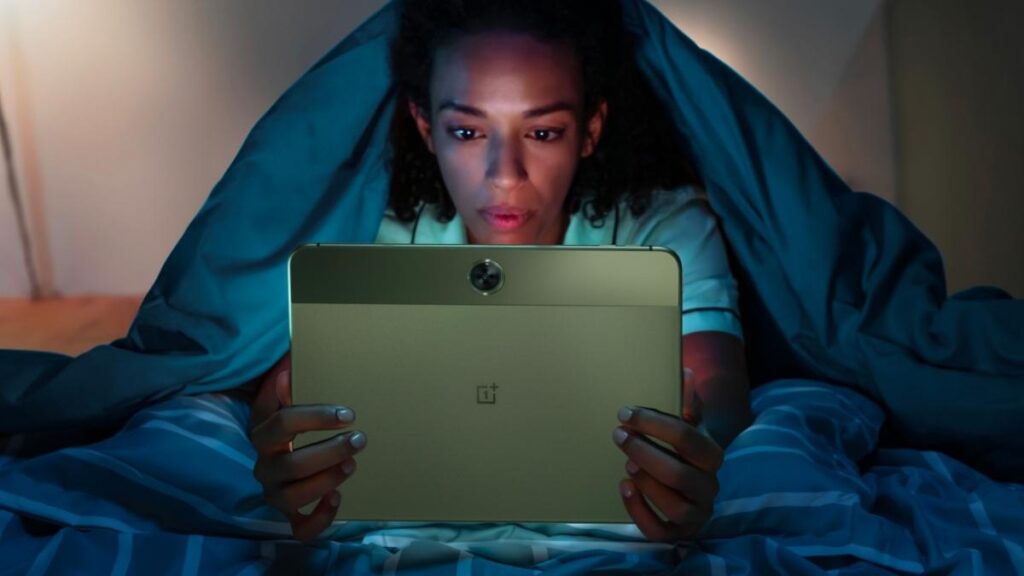
Although both tablets are powered by the MediaTek Helio G99 processor, the OnePlus Pad Go’s greater RAM, and bigger and higher resolution display give it a clear edge over the Redmi Pad in gaming. Neither tablet is a gaming powerhouse, but can handle high-end games with some tweaks to settings. Both tablets have good displays and quad speakers (neither has a 3.5 mm audio jack, though), so are very closely matched when it comes to viewing content. We think the Redmi Pad has slightly louder speakers but the OnePlus Pad Go seems to have better audio quality overall, and once again, its larger display does give one more viewing real estate. This one goes to the OnePlus Pad Go.
Winner: OnePlus Pad Go
Cameras: Say cheese to either, and don’t expect too much

Both tablets have 8-megapixel cameras on the front and back, both of which can shoot full HD videos. They also have selfie cameras that can keep the caller centred during video calls. We could not see any discernible difference in the performance of the cameras, so we are calling this one a tie.
Winner: Tie
Connectivity: LTE on the Go
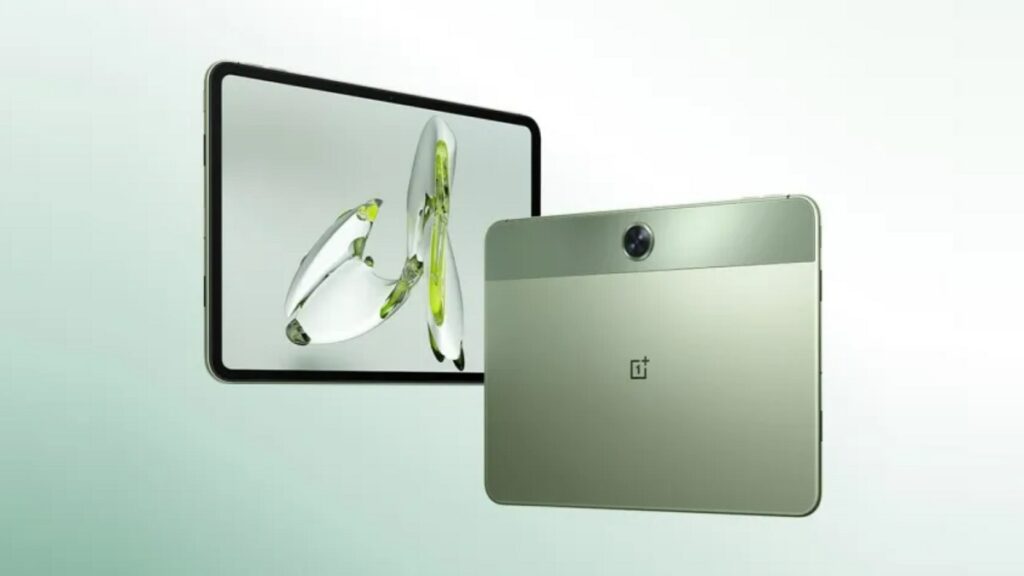
Although both devices come with Bluetooth and Wi-Fi connectivity, the OnePlus Go scores over the Redmi Pad in having two LTE variants, and also for its ability to connect seamlessly with OnePlus phones. If you want a tablet with SIM card support and/or already have a OnePlus phone, then the OnePlus Pad Go is the tablet for you.
Software: Am I UI, or breathe Oxygen?
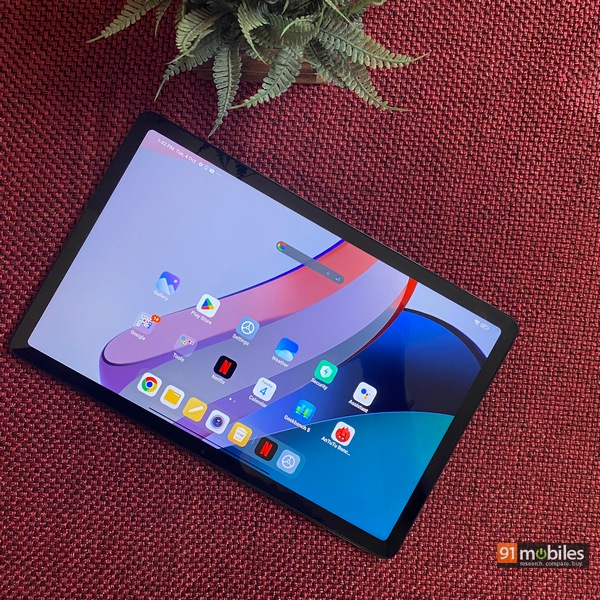
Both tablets come with Android, but while the Redmi Pad comes with Android 12, the OnePlus Pad Go has Android 13. Both tablets are also very different in terms of interface. The OnePlus Pad Go comes with a tablet-friendly version of OnePlus’ OxygenOS interface, while the Redmi Pad runs on Xiaomi’s MIUI. Which of the two you prefer really depends on your preference. OxygenOS has a cleaner look about it, but MIUI comes with a number of features and functions. Both have their own versions of multi-tasking and gestures, and both work smoothly enough. The newer version of Android wins this one for the OnePlus Pad Go, although the Redmi Pad comes with a commitment of at least two OS updates and three years of security updates (the OnePlus Pad Go has no such update promise, at the time of writing).
Winner: OnePlus Pad Go
Everyday use: Go with the flow
Although both tablets are very adept at handling everyday tasks like browsing the Web, messaging, mail and social networking, the OnePlus Pad Go’s greater RAM gives it a clear edge when it comes to running multitasking. We also found the larger display much better for reading content on websites and social media. Add to that the connectivity the OnePlus Pad Go gives with OnePlus devices, and this round goes to the OnePlus tablet, although the Redmi Pad’s more compact and lighter form factor makes it easier to carry and use on the move.
Winner: OnePlus Pad Go
Battery life and charging: It’s a pad, it’s a charger…but is it SuperVOOC?

Both tablets come with 8,000mAh batteries. The smaller and lower resolution of the Redmi Pad makes it last close to 12-14 hours, while the OnePlus Pad Go is a little lower at 10-12 hours. However, the OnePlus Pad Go charges faster thanks to support for 33W SuperVOOC charging and also comes with a 33W charger in the box. The Redmi Pad comes with a 22.5W charger, but supports only 18W charging, which is much slower than the OnePlus Pad Go. We are calling this one a tie – one tablet has better battery life, the other has faster charging.
Winner: Tie
Price: No bucking Redmi

The OnePlus Pad Go is available at the following prices:
8GB/128GB (Wi-Fi) – Rs 19,999
8GB/ 128GB (LTE) – Rs 21,999
8GB/ 256GB (LTE) – Rs 23,999
The Redmi Pad on the other hand is available at the following prices:
3GB/ 64GB – Rs 14,999
4GB/ 128GB – Rs 14,499 (yes, the higher-specced version is priced lower than the base version, at the time of writing)
6GB/ 128GB – Rs 16,999
In sheer price terms, this is a no-contest. The Redmi Pad is priced way lower than the OnePlus Pad Go. Yes, the OnePlus Pad Go does bring more RAM and storage to the table, as well as LTE connectivity, but in sheer price terms, the Redmi Pad is miles ahead, especially when you consider that it offers the same chip. There’s only one winner here.
Winner: Redmi Pad
Verdict: Pad up for which One (Plus)?
We will keep this simple – which of the two tablets you should go for really boils down to your budget. In sheer performance, the OnePlus Pad Go has way more to offer than the Redmi Pad – a bigger display, more RAM and storage, an LTE variant and faster charging. However, it brings all these at a significantly higher price tag. The Redmi Pad’s highest variant is priced lower than the base variant of the OnePlus Pad Go, and while all of its specs might not be in the same league as the OnePlus tablet, it matches the OnePlus Pad Go in the processor, camera and battery departments, has a metal unibody and does not lag too far behind in terms of overall performance either. If you can stretch your budget to around Rs 22,000, the OnePlus Pad Go is easily the better option, but if you want to stay as far south of Rs 20,000 as possible without any heavy performance compromises, the Redmi Pad is the tablet you need to pop to cure your “third screen blues.”











